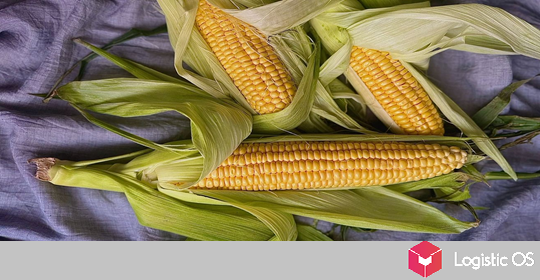Altai Territory has reported on the preliminary data on the harvest.
The region is the largest supplier of buckwheat to enterprises not only in its region, but also to the domestic and foreign markets.
Russia will receive its largest harvest in recent years: about 800 thousand tons.
In 2020, in the Altai Territory, 486 thousand hectares of agricultural land were sown (23 thousand hectares more than in the past).
The expected harvest will be 110 thousand tons more than last year — 554 thousand tons.
Thus, Altai Territory accounts for 69% of the total buckwheat production.
Buckwheat is often jokingly called «sacred culture», because a rare year goes by without a panic rush for cereals.
This year, autumn weather conditions favored the landowners of the region, despite the introduction of emergency situations in the region during planting, although they have already learned how to get good harvests, regardless of natural anomalies.
Russia came to the end of the harvest season with high carryover stocks.
And, although agricultural producers this year are in a more stable financial position and are in no hurry to sell raw materials, the utilization of production capacities is proceeding normally. Although not all are working in full force.
After the spring rush, when buckwheat was simply “swept away” from the shelves, the price of the product increased significantly: 36-38 rubles. per kg.
The factories, in turn, ship buckwheat at 55-57 rubles. per kg, while having practically «zero» profitability.
Whether the price will go down is a matter of time. In particular, everything will depend on the financial situation of producers and the sale of cereals in retail chains.
It is too early to speak about any existing prerequisites for price reduction.
But, the established price, of course, pleases agricultural producers, because it shows farmers that buckwheat is a highly marginal product.

Farmers of the region believe that today there are no problems with the implementation of culture: it is bought not only by domestic producers, but also by China and Kazakhstan.
All this allows agricultural producers to work precisely in market conditions, to have the opportunity to bargain and receive funds on time for the sold crop.
Although the agrarians have enough questions. One of the most pressing concerns is the prices for fuels and lubricants and fertilizers.
Oil is getting cheaper — gasoline is getting more expensive: this relationship is no longer surprising.
But if at those moments when prices for energy resources on world markets fall, the state could regulate the decrease in fuel prices for producers, or even subsidize them in this matter, then purchase prices would be ten percent lower.
And here it is not important what exactly is produced, the issue of the policy is important.

